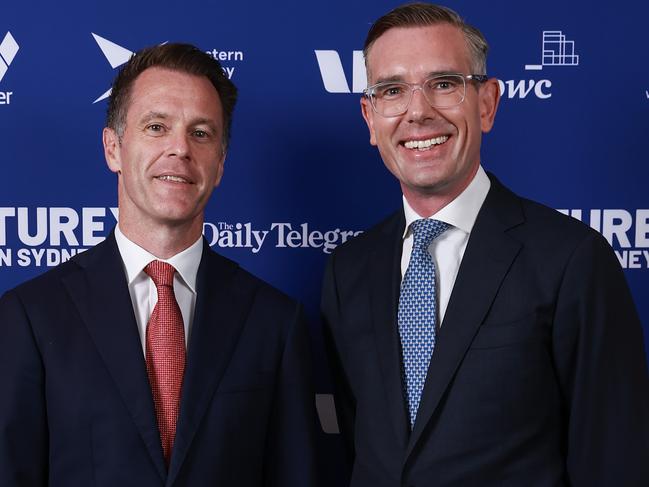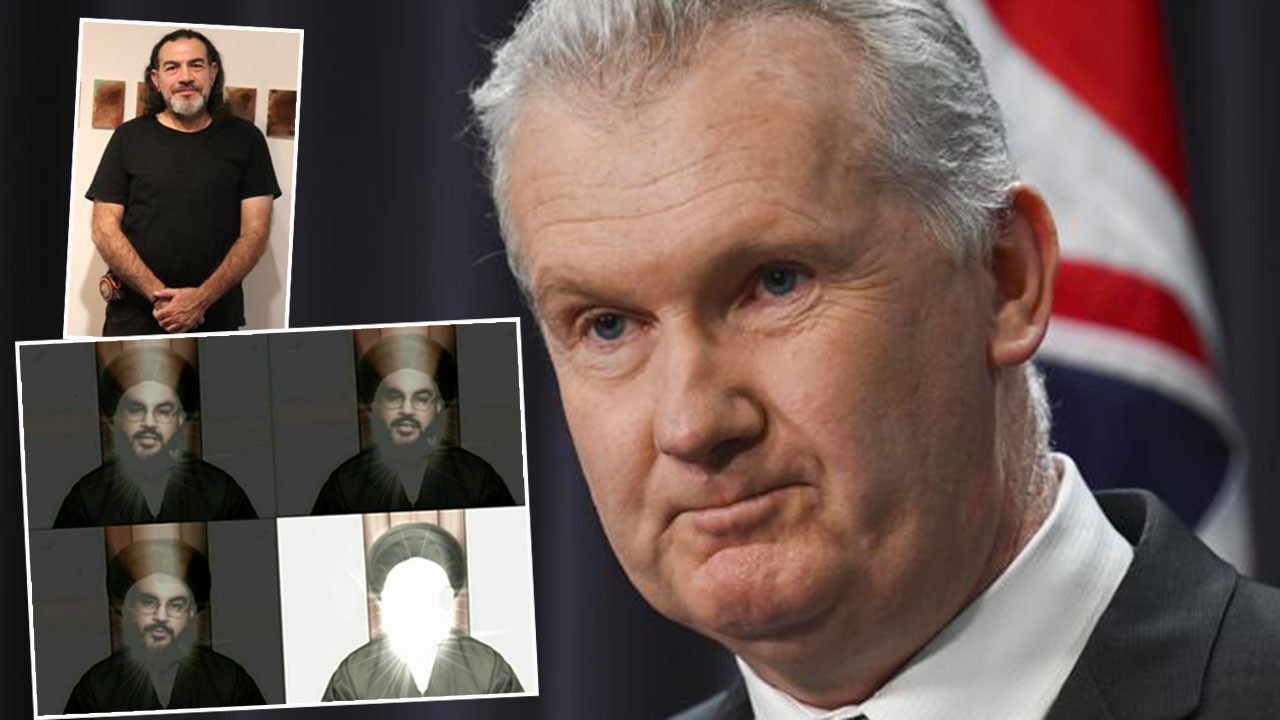NSW election 2023: Malcolm Mackerras unveils ‘Mackerras Pendulum’
Australian political guru Malcolm Mackerras has analysed every seat in the NSW state election, with Greens and independents set to become hung parliament kingmakers. Mackerras explains why.
State Election
Don't miss out on the headlines from State Election. Followed categories will be added to My News.
Gladys Berejiklian’s convincing victory in March 2019 produced a result in which her coalition government won 48 seats, an absolute majority, being composed of 35 Liberals and 13 Nationals.
Her government faced a total of 45 seats for all the rest: 36 Labor, three Greens, three Shooters, Fishers and Farmers Party, plus three independent members, in Lake Macquarie, Sydney and Wagga Wagga.
However, those numbers are now deprived of much value due to boundary changes, defections and one by-election in February 2022 causing Bega to shift from Liberal to Labor. That is why Bega is shown in red.
The attached pendulum shows how the numbers have altered with all seats except Barwon, Bega, Heathcote, Leppington, Murray, Orange and Port Macquarie shown as held by the party or the independent that won the seat in 2019.
During the last parliamentary term defections occurred in Barwon, Murray and Orange in that the members were elected as SFF but became independents, and Port Macquarie was won by National Party member Leslie Williams who defected to the Liberals. So, Port Macquarie is shown on my pendulum as Liberal while Barwon, Murray and Orange are shown as independent.
Heathcote is shown in red because it was won in 2019 by a Liberal member but the redistribution now makes it Labor on the new boundary figures.
Leppington is shown in red because it is a new seat in south-western Sydney replacing the abolished old ultra-safe Labor seat of Lakemba, also on the south side but much closer to the CBD.
The election really is a two-party contest, Liberal-National on one side and Labor-Greens on the other. So, how do I place the independent seats? I argue that they can be placed on the side of the pendulum to which they naturally belong.
Thus, Barwon and Sydney are naturally National and Liberal respectively, but with a significant Labor vote of a kind not found in Murray, Orange or Wagga Wagga.

The swing figures in these seats are those needed by Labor to take the seat from a notional National Party member (Barwon, Murray, Orange and Wagga Wagga) and Liberal Party member (Sydney). In practice the Sydney independent, Alex Greenwich, is very likely to be re-elected. In Barwon there is one chance in three for each of the independent incumbent, Roy Butler, and for the Labor and National candidates. Murray, Orange and Wagga Wagga will be competitive between the sitting independent and the candidate for the Nationals.
The reverse is the case in Lake Macquarie where the swing figure is that needed by the Liberal Party to take the seat from a notional Labor member. In practice the independent member, Greg Piper, is as safe in Lake Macquarie as Greenwich is in Sydney.
It is unlikely that either Chris Minns or Dominic Perrottet will win the absolute majority of seats (47) needed to govern in his own right. However, either man could form government with the help of Greens members and independents in seats they win. For Perrottet to stay on as premier it would require some gains in seats by Liberals and Nationals and the support of enough independents. The Greens will not help Perrottet to remain premier.
Some final points of detail need to be made.
First, by-elections have been ignored by the pendulum except in Bega and Upper Hunter. In Bega the Labor buffer of 5.1 per cent is based entirely on the February 2022 by-election result. The boundaries of Bega have been left unchanged in the redistribution.

Second, the other exception is Upper Hunter where the National Party’s buffer of 3.8 per cent is based almost entirely on the by-election held in May 2021. However, some nine thousand electors have been added by boundary change from Cessnock, Maitland and Port Stephens. For those votes I have used the 2019 general election statistics.
Third, Labor fancies its chances in Monaro. While I confidently predict the re-election of Nationals sitting member, Nichole Overall, nevertheless there will be some pendulums around showing the Monaro buffer as 5.2 per cent. That would be based on the February 2022 by-election result when the final votes were 23,474 for Overall (55.2 per cent) and 19,055 (44.8 per cent) for Bryce Wilson (Labor). The boundaries of Monaro have been left unchanged in the redistribution.
Fourth, since the scale of the pendulum is Liberal versus Labor Willoughby is shown as the blue-ribbon Liberal seat it is, naturally. It was a blue-ribbon Liberal seat when Berejiklian was the member. However, I give the statistics for the by-election held in February 2022. Tim James (Liberal) won 19,886 two-candidate preferred votes to 17,421 for Larissa Penn (Independent). Therefore, Penn needs a swing of 3.3 per cent to take the seat from James. The boundary changes in Willoughby have been trivial.




